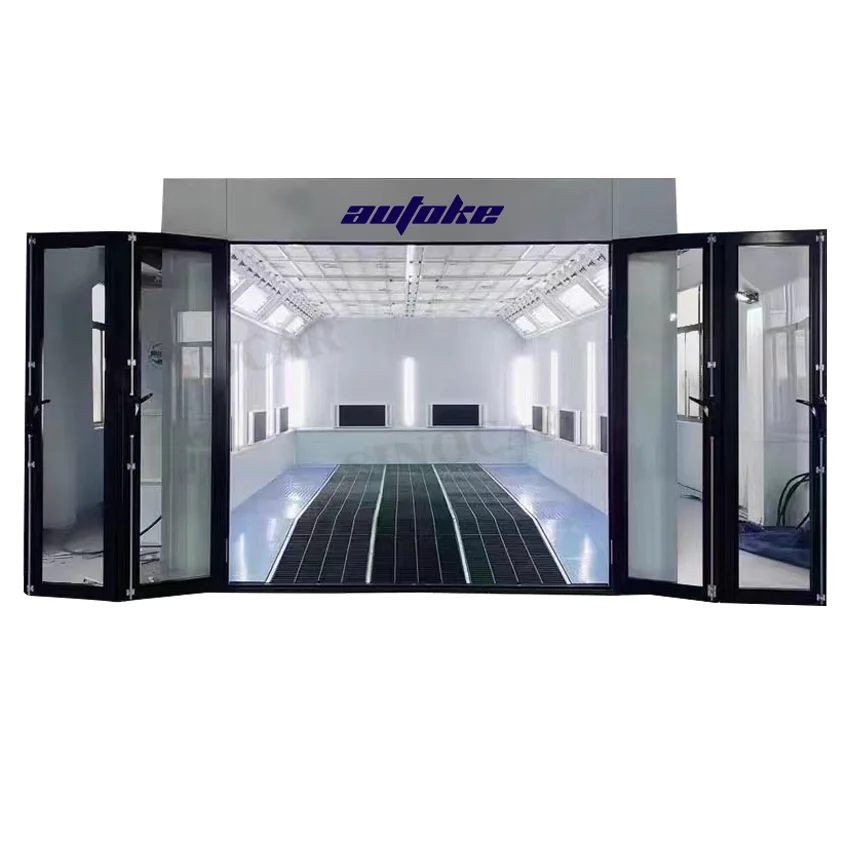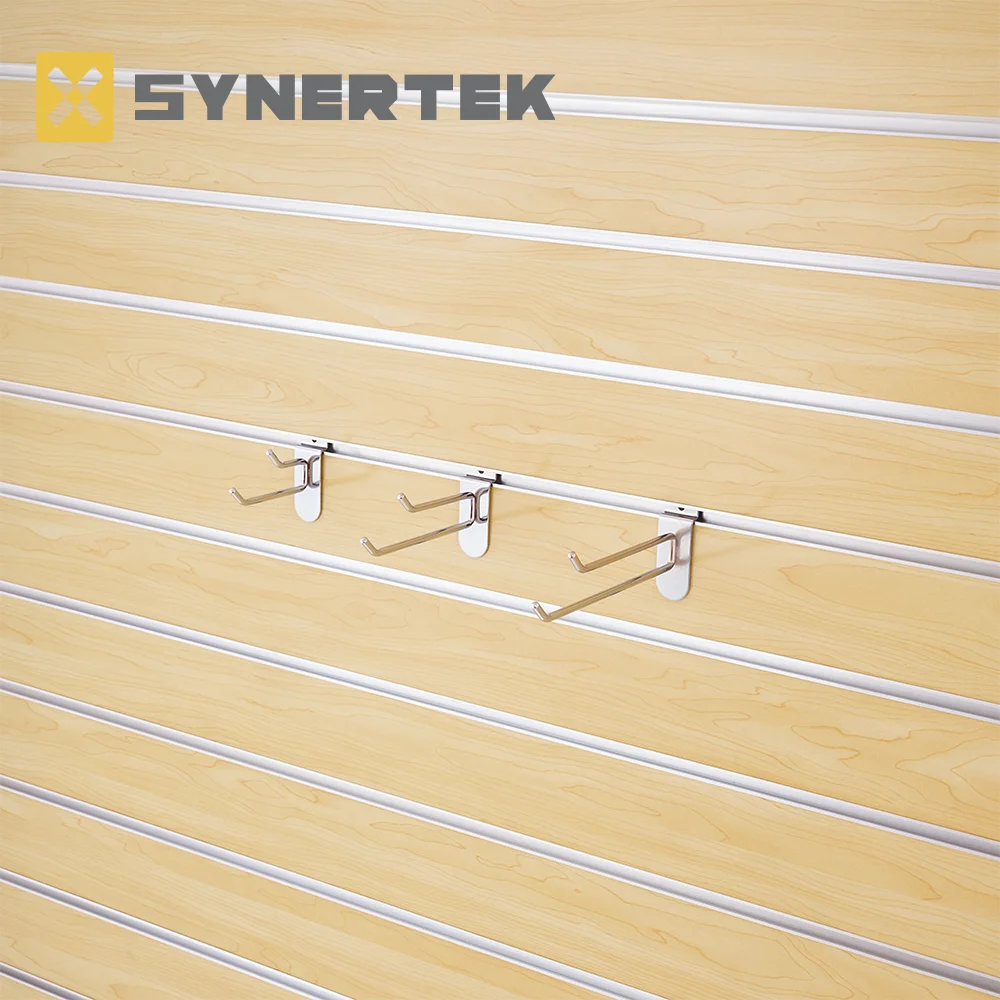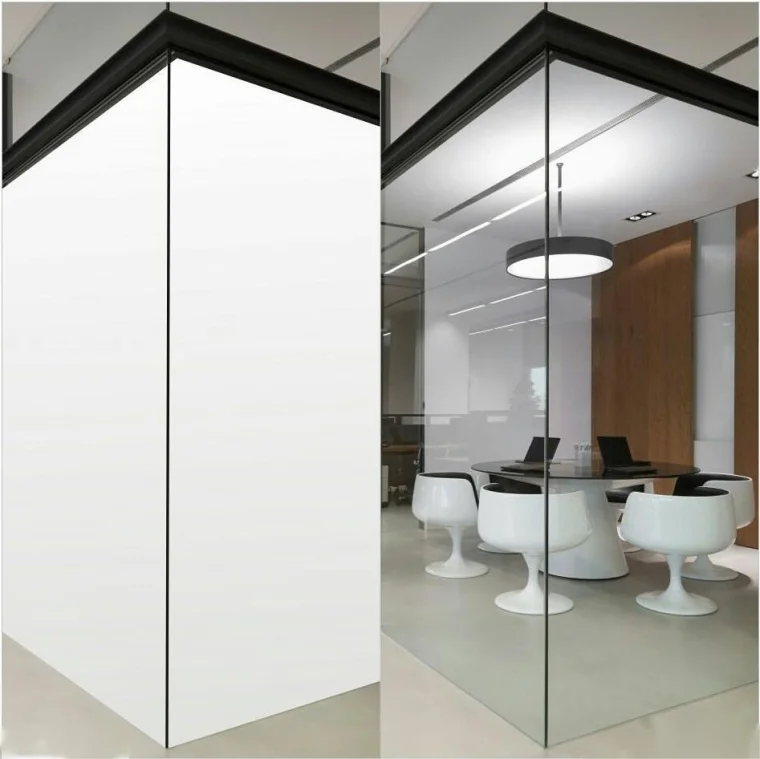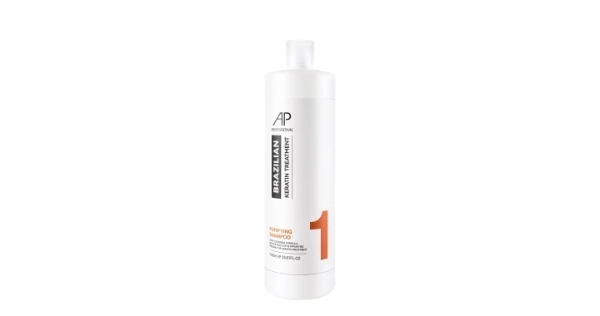In an era where energy efficiency and sustainability are paramount, understanding the best materials to keep heat in is crucial for both residential and commercial applications. Whether you are looking to insulate your home, optimize your HVAC systems, or design energy-efficient buildings, selecting the right thermal insulation material can significantly impact energy consumption, comfort levels, and environmental footprint. This article delves into the various materials available for heat retention, their properties, applications, and the science behind their effectiveness.
Understanding Thermal Insulation
Thermal insulation refers to the process of reducing heat transfer between objects in thermal contact or within the range of radiative influence. The effectiveness of insulation materials is measured by their thermal resistance, commonly referred to as R-value. The higher the R-value, the better the material is at resisting heat flow.
Key Properties of Insulation Materials
When evaluating insulation materials, several key properties should be considered:
- Thermal Conductivity: This property indicates how well a material conducts heat. Materials with low thermal conductivity are preferred for insulation purposes.
- Density: The density of an insulation material affects its thermal performance. Generally, denser materials provide better sound insulation but may not always be the best for thermal insulation.
- Moisture Resistance: Insulation materials should resist moisture to prevent mold growth and degradation of thermal performance.
- Fire Resistance: Safety is paramount; thus, materials that can withstand high temperatures without igniting are essential.
- Environmental Impact: Sustainable materials that minimize environmental harm are increasingly favored in modern construction.
Top Materials for Heat Retention
- Fiberglass Insulation
Fiberglass insulation is one of the most commonly used materials due to its excellent thermal resistance and affordability. It consists of fine glass fibers and is available in batts, rolls, and loose-fill forms. With an R-value ranging from 2.9 to 4.3 per inch, fiberglass is effective for attics, walls, and floors. However, it is essential to ensure proper installation to avoid air gaps that can reduce its effectiveness.
- Foam Board Insulation
Foam board insulation, made from polystyrene or polyisocyanurate, offers a high R-value (up to 6.5 per inch) and is ideal for exterior walls, foundations, and roofs. Its rigid structure provides excellent moisture resistance and is easy to cut and fit into various spaces. However, care must be taken regarding fire safety, as some foam boards can be flammable.
- Spray Foam Insulation
Spray foam insulation is a versatile option that expands upon application, filling gaps and cracks to create an airtight seal. With an R-value of 6 to 7 per inch, it provides superior thermal performance and moisture resistance. Closed-cell spray foam is particularly effective in preventing air leaks and is suitable for basements and crawl spaces. However, it is more expensive than traditional insulation materials.
- Mineral Wool (Rock Wool)
Mineral wool, or rock wool, is made from natural or recycled materials and offers excellent thermal and sound insulation properties. With an R-value of 3.3 to 4.2 per inch, it is fire-resistant and does not promote mold growth. Its density makes it suitable for use in walls, attics, and commercial buildings.
- Cellulose Insulation
Cellulose insulation is an eco-friendly option made from recycled paper products. It has an R-value of about 3.2 to 3.8 per inch and is treated with fire retardants to enhance safety. Cellulose can be blown into walls and attics, providing excellent coverage and minimizing air leaks. Its sustainability makes it a popular choice for green building projects.
Emerging Insulation Technologies
As the demand for energy-efficient solutions grows, innovative insulation materials are emerging. Aerogel, for instance, is a cutting-edge material known for its remarkable thermal resistance and lightweight properties. Although currently more expensive, its potential for high-performance insulation in specialized applications is promising.
Conclusion
Choosing the best material to keep heat in is a multifaceted decision that depends on various factors, including budget, application, and environmental considerations. While traditional materials like fiberglass and foam board remain popular, innovative solutions such as spray foam and cellulose are gaining traction for their superior performance and sustainability. By understanding the properties and applications of these materials, homeowners and builders can make informed choices that enhance energy efficiency, comfort, and safety in their spaces.





